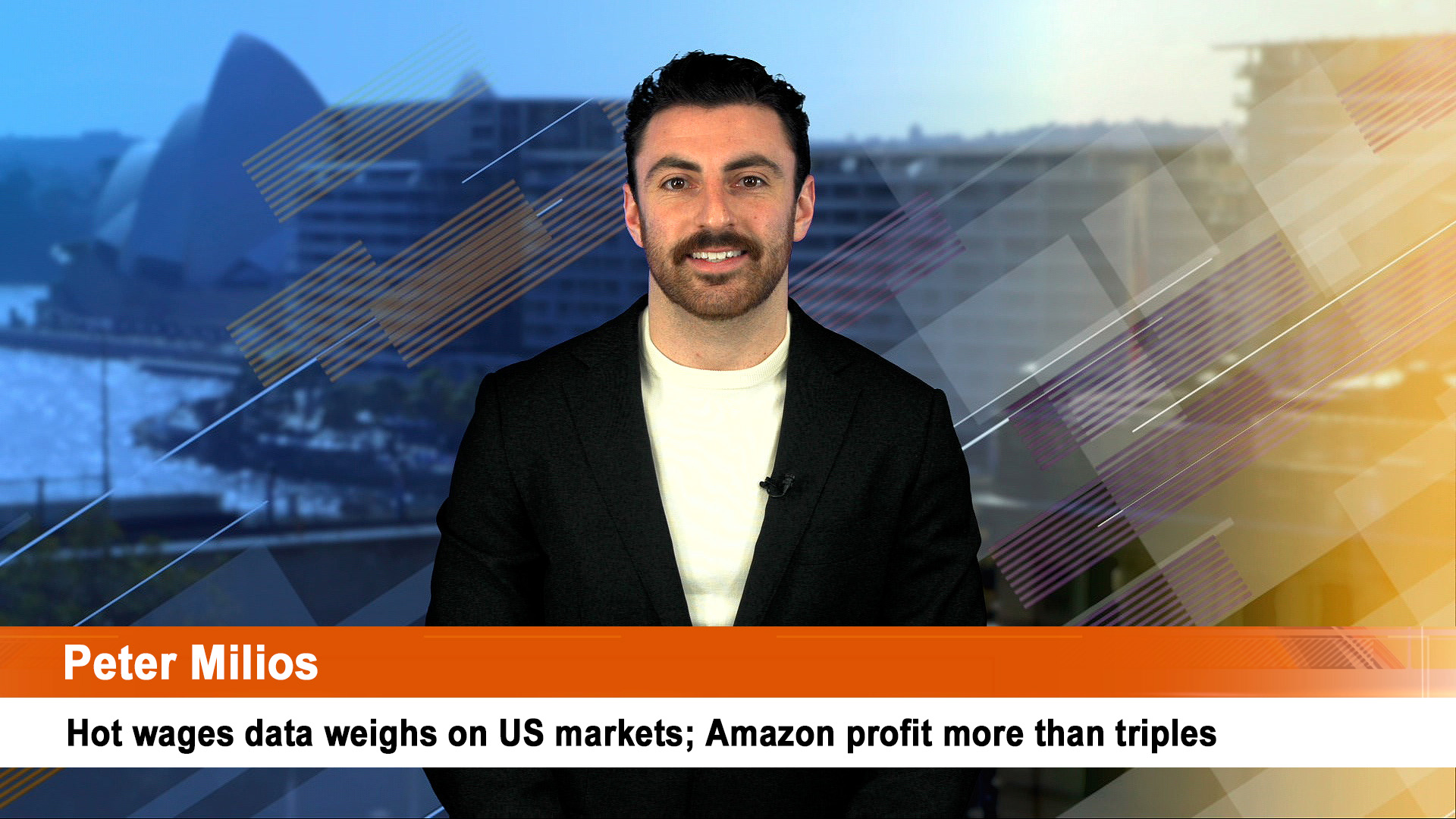Two weeks ago I wrote an article that discussed the factors that I look for when trying to spot trouble in financial markets. In that article, I highlighted some prior examples in history where they highlighted impending equity market declines and those with a key eye would have noticed that some of those had been surfacing in the past couple of weeks (and visible in that article).
The high yield corporate bond ETFs (HYG and ANGL) had been declining (diverging) while US equities were making new highs after a stela run all year. My other key ETF that I keep a key eye on – the US homebuilders ETF (XHB) was also diverging the past two weeks from the major indices. Both of these are shown below.
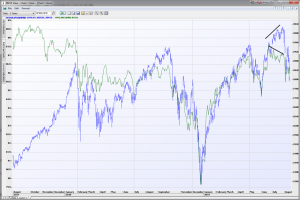
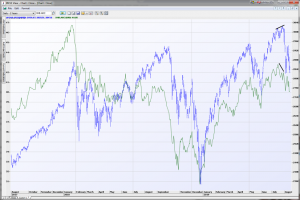
This leads onto another factor that really highlights we are on the brink of potentially serious trouble in markets is correlations. That is, when correlations start to increase and many markets, sectors and asset classes all start to move in the same direction and react to the same news events, it is often a sign of imminent volatility.
This week has really started to see some of these downside risks really beginning to emerge. Not only have we seen the correlations between the XHB, ANGL and HYG ETFs move in close unison with global equity markets but different asset classes have also begun to correlate including USD/JPY and gold prices. My yield crunch thematic continues to push yields closer to (and through) zero.
The chart below of USD/JPY shows the importance of the 105 level as technical support. Why is USD/JPY so important? Because during times of extreme volatility the yen is viewed as a currency safe haven and almost all currencies drop against the yen. A move under 105 here in unison with the US equity indices also breaking support will be an extreme worry.
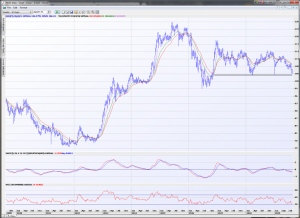
In addition to this is the performance of gold. Now, regular readers will know that I have been a huge gold bull since the start of the year and the basis behind gold reaching higher and higher levels is not predicated on the demise of the stock market or some war monger pressing a button. But gold will typically be a safe haven during financial market volatility. It is poised to break through US$1535 an ounce which could pave the way for a move towards US$1600.
Bonds have been on a tear all year long and my thematic is only strengthening with the current trade war developments – bonds are always the first thing investors run in times of uncertainty.
So with all these factors put together it is important that investors be cautious towards equity markets during the typical time of year when volatility spikes. Jumping into the market or buying dips if executed too early can painful.
Looking below the correlations also stretch through to the main indices in the US where each have clear defined levels which is all broken (together with the USDJPY, gold, HYG etc) is when the probability of a “capitulation” is heightened significantly.
Here this trendline on the Nasdaq 100 index is on the brink of breaking.
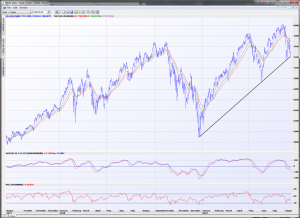
This ETF (IWM) of the Russell 2000 shows the $145 as crucial line in the sand. Each time it has broken before has led to a sharp drop.
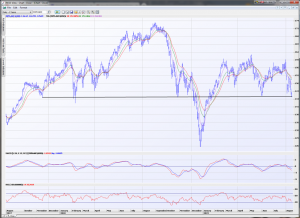
The S&P 500 has big support across 2820/2800 which over the past 18 months has either acted as key support or resistance.
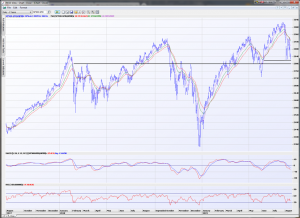
I am beginning to cement my view that without some rapid resolution to the trade war, markets are vulnerable to a Federal Reserve that is clearly behind the curve. The recent rate cut was termed a “mid-cycle adjustment” and not the start of an easing cycle by Fed Governor Jerome Powell. Markets are likely to force his hand into more than just an easing cycle – but an in between meeting rate cut of 50 basis points. This happened in 1998 when Greenspan had to perform an emergency rate cut amid the Long Term Capital Management collapse to save the global economy. With US interest rates at the other end of the spectrum to where the negative interest rates sit across Europe and Japan sit this is unsustainable and markets (and the economy) are reflecting this. If the Fed acts too slowly the economy will slow rapidly, if it does act, it will put a floor under markets and send them sky rocketing higher. The only problem is we may need a 10% dump in equity markets first to force them into doing so.
And if you are not yet convinced to be cautious here is a final point to consider. Share prices of gold companies are no longer keeping up with gold prices. In fact they have been declining even though gold is pushing up. That tells me that “equities” as an asset class is becoming less and less appealing, no matter what it is. When selling is starting to be indiscriminate, you do need to be careful.
NEW – Greg Tolpigin’s Million Dollar Trader
Greg has just released his brand new 141-page eBook “Creating Wealth From Explosive Stocks”.
Learn how to identify stocks that are poised to increase 50%, 100% and even 500% in value and invest right as they begin to take off.
This educational path to profitable trading cuts away all the theory and hundreds of “historic examples” and uses only real trades Greg has used as a strategist and proprietary trader for the major US and Australian investment banks and continues to apply today.
Join the Million Dollar Trader club today to download your copy of “Creating Wealth From Explosive Stocks” plus watch the weekly video to learn how Greg has applied these strategies to continually identify new opportunities.









